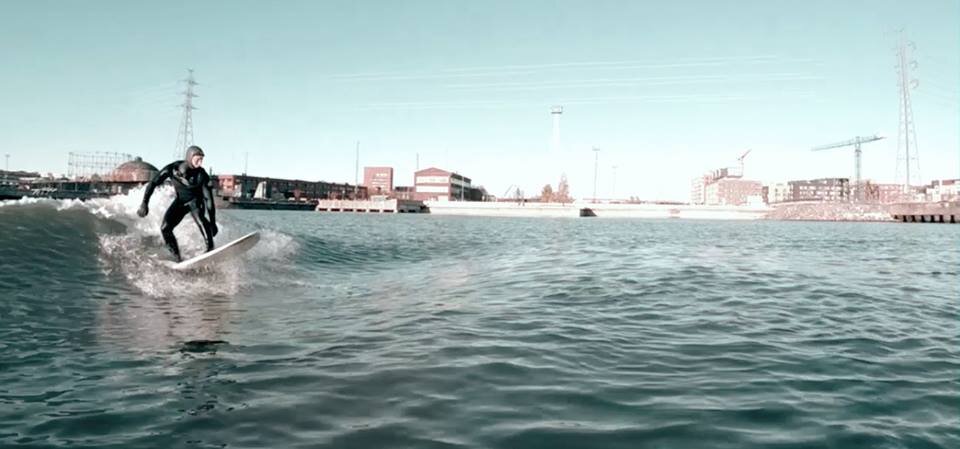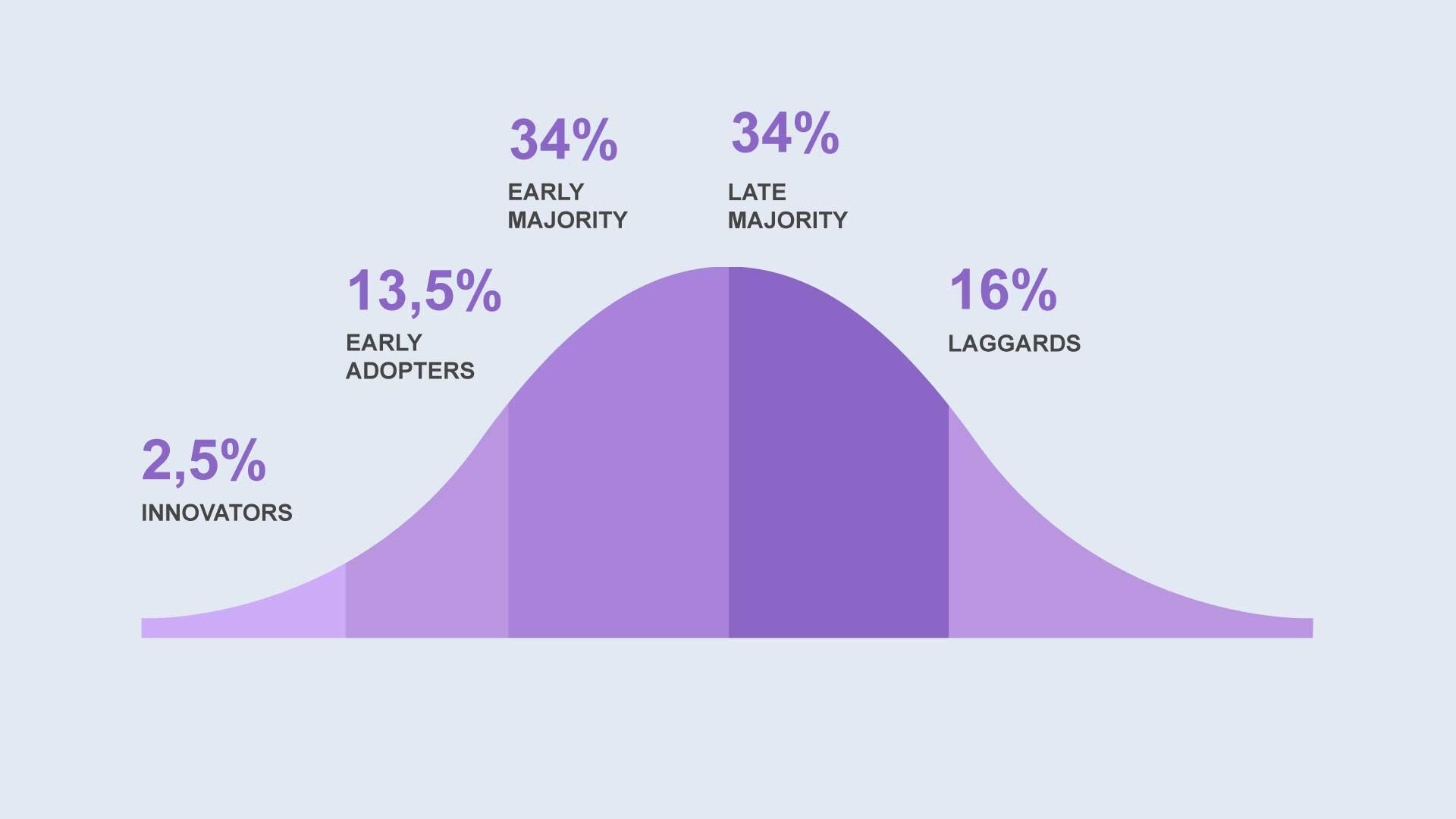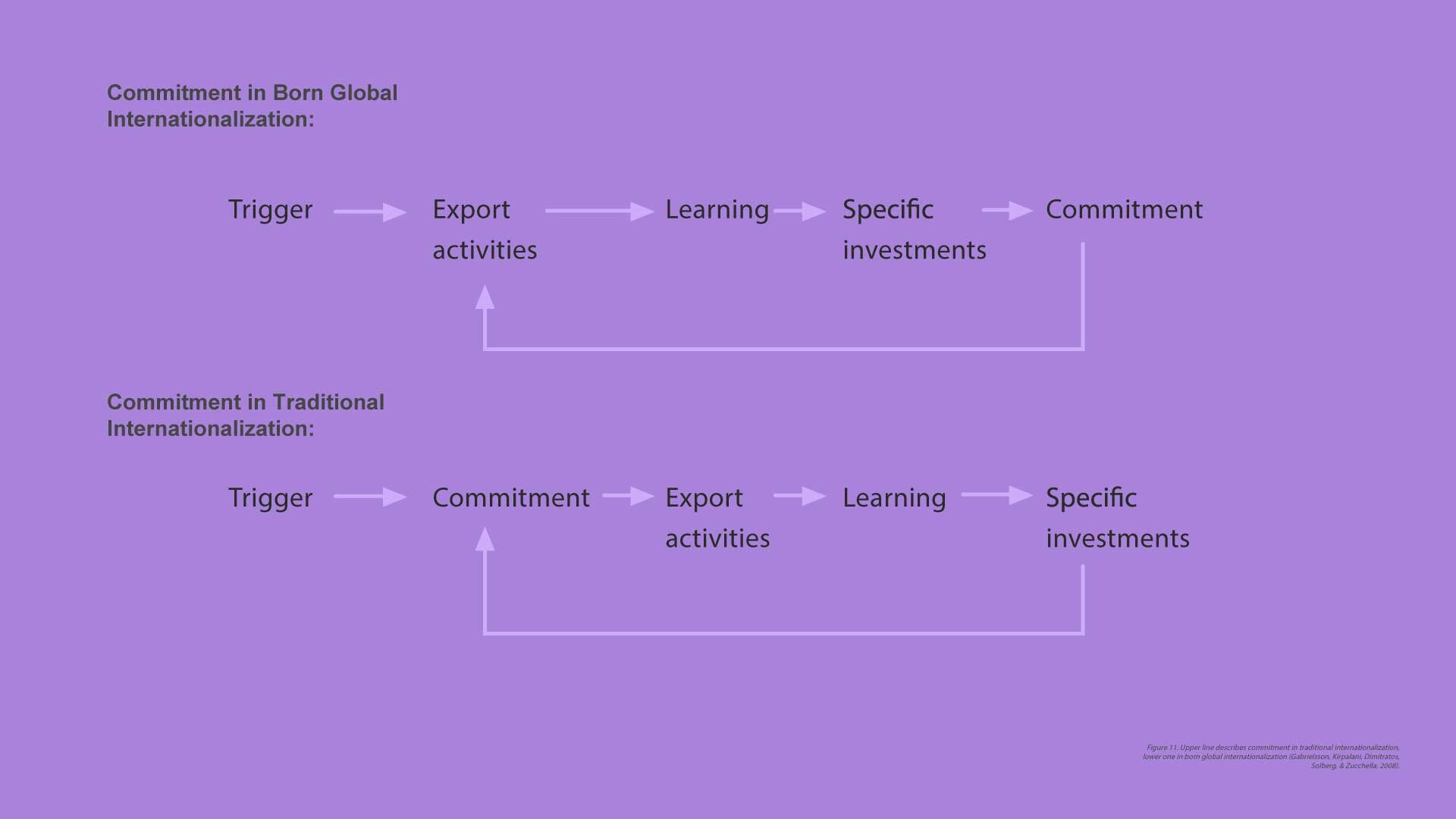
Feeling artificial surf waves.
How a Nordic extreme sport equipment provider might enter and adapt to the global market.
Born global startups vs. international startups.
Context
How can design methodologies and mindsets enhance the entrepreneurial globalization process? And how might we do it in practice? What would be the best practices for a Nordic extreme sport equipment provider to enter and adapt to a global market, using China as an example market. There is a clear need for global small and medium size enterprises (SMEs) to modify and improve their processes and products in order to be able to attach new markets to their global portfolio. This journey requires international skills and multidisciplinary working.
Artwave is a Finnish surf innovation start-up that designs, develops and manufactures high-tech machinery for artificial surfing in natural waters e.g. lakes and seas, so that no man-built pools are needed. The goal is to make surfing more accessible and bring it to locations where natural waves might not exist yet keep the experience real and environmentally friendly. I started working for Artwave as employee no. four while still studying. I started out as a service designer, but eventually shifted towards business design. This is one of the few projects that I did not do in a project group, but relatively independently. Here you can read about the globalization plans made for the startup.
If you are into surfing, you can read more about Artvawe here.
Process and project goal
Several born global firms (BGs) already utilize design processes to enhance and accelerate their businesses. The primary goal was to demonstrate the value and benefits of a design mindset and design processes as part of an entrepreneurial globalization process. The second equally important goal was to provide a practical roadmap to expand the business, identifying the most critical touch points on which to focus.
To get started with the research of entrepreneurial globalization through business design required many discussions with professionals and entrepreneurs. I had to learn about the best practices and hear how similar companies had tested and launched their global concepts in relevant niches. I studied the Nordic markets, especially in Finland, and in Asia, China. Then, talked again with even more people in workshops and went to search for potential partners. I gathered and evaluated different plans and concepts, filling several business model canvases and testing them with global entrepreneurs and their partners to get feedback. Finally, a strategy of the best practices was documented with a list of critical touch points to check. Since globalization is a vast ocean, the list had a special focus on the Chinese market.







Key takeaways
The studies of growth opportunities showed that design processes can enhance globalization in startups. In addition, there is a growing interest towards innovation and extreme sports globally and particularly in China. This provides an opportunity to explore the niche as one of the first ones. Nordic business culture differs from the Chinese one and the business must be tailored accordingly. So far Artwave is operating in Finland, but looking to enter new markets, and good partners will be key to achieving this.
It’s easier to plan than to realize business plans and when going for it, there is always a surprise factor involved; meeting the right people and forecasting the market reactions. Born global ideology is one way to manage the globalization process at the start-up phase. BGs are companies that manage to become global faster than so called normal SMEs, but depending on the business, it might be equally strategic to make targeted strikes in different countries from the headquarters instead of spreading out immediately. It was highly educative to talk and test ides with other creative and helpful entrepreneurs.
Expert discoveries along the way
“When developing a sports app, westerners wanted to compete in the application and gain best profits. In China it was more important for the customers to be regarded as part of the team, one of the application users.“
— Local service provider (Shanghai, China)
“People come here to meet each other, sometimes that is for them even more important than the sport itself. I have seen westerners to socialize much less here.“
— Local service provider (Shanghai, China)
“About 70% of the communication in China, according to the interviews, goes to building relationship with the customer and 30% for making business. In Western countries this seems to be the opposite. “
— Business consultant (USA)




“The most accurate way to understand surfing is just to surf and experience itself. Surfing isn’t easily categorized. It is based in sport, but can drift into art, vacation, and even religion.“
— A Surfer